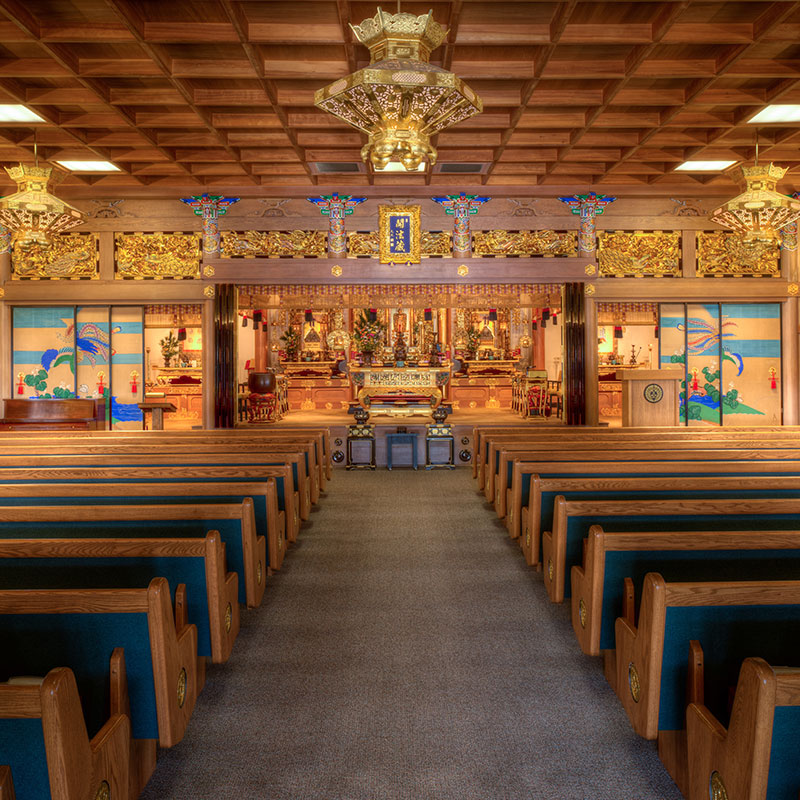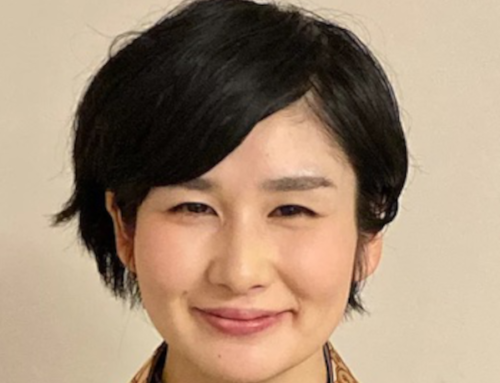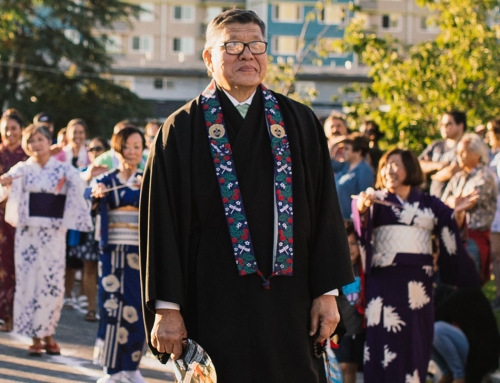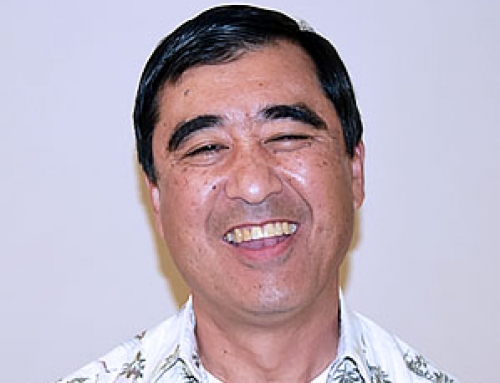President’s Message
History of Japanese Immigration
Wakamatsu Colony in Gold Hill, California
I’d like to share with you my knowledge of how the first Japanese immigrated to the United States.
It all began during the Boshin War in Japan (1866-1869). Matsudaira Katamori was a daimyo (feudal
lord) who fought with Tokugawa Shogunate against the Imperial Army but Matsudaira disagreed with
Tokugawa policy of keeping harbors closed. Near the end of the Boshin War, Matsudaira saw that the
war was not going as planned and sent colonists to the United States to start a silk and tea farm. The
Japanese colonists eventually made their way to Gold Hill, a few miles away from where James Marshall
found gold 21 years earlier in 1848. The silk and tea farm was failing due to use of contaminated water
from gold mining for irrigation purposes. The colonists sent letters back to Japan requesting more funds
to continue the silk and tea farm but since Tokugawa lost the war, no funds came. The colony
disbanded. Some made enough money to return to Japan, some stayed and raised a family in the new
country. Among the colonists was a young 16 years old girl who came to the United States as a nanny.
Her name was Okei Ito. It is said that homesick and illness took its toll on Okei-san and she died at the
age of 19. She is buried in Gold Hill near her favorite spot on a hill where it is said she would watch the
setting sun in the west towards her home in Japan. I visualize Okei-san sitting under an old oak tree on a
lonely hill singing a children’s song “Yuyake Koyake”. Do you know the Japanese children’s song, Yuyake
Koyake? My Obachan (Grandma) would sing this song to me when walking home on a dusty road while
we held hands. Okei-san is the first Japanese woman to be buried in the United States. Although the silk
and tea farm attempt was a failure, the courage of the colonists to leave their country to seek new
opportunity opened the door for future Japanese immigrants.
We should all be grateful and respectful to those who came before us and had the courage to relocate
from their homeland. It doesn’t matter your ethnicity; your ancestors took a giant risk to start anew in a
strange land. Say thank you to your Ojiichan (Grandfather) and Obachan (Grandmother), for taking the
risk and having the strength to come to the United States.
Wakamatsu150 is a festival commemorating 150 years since the Wakamatsu colonists arrived. The
festival will be held June 6-9, 2019 in Gold Hill. Please see website for more information.
Wakamatsu Farm Festival: lhttps://www.arconservancy.org/wakafest150/#1489597362377-cb9a793a-
bada
Yuyake Koyake song: https://www.bing.com/videos/search?q=yuyake+koyake+song&&FORM=VDVVXX
California Historical Landmark 815 Wakamatsu Tea and Silk Farm Colony in Gold Hill, CA:
https://noehill.com/eldorado/cal0815.asp
Just as the Wakamatsu colonists forged forward on their quest into the new country, we too must forge
forward and leave a legacy for our children by constructing a new classroom building. The building
needs to be upgraded to provide Dharma students, Lotus school children, Boy Scouts and Girl Scouts a
safe, comfortable place to study and meet. The building is outdated as it has no handicap access to the
second floor, no kitchen for the teachers, no HVAC, inadequate storage as well as earthquake disaster
susceptibility. Let us leave a legacy for our children so that the teaching of the Nembutsu and the
Dharma can continue to propagate.
In Gassho,
Ed Nodohara




